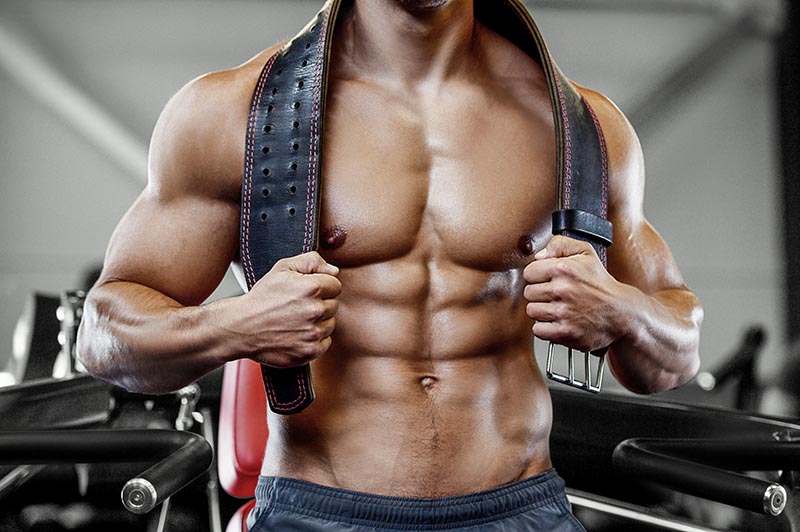Spectacular sports scandals have provoked curiosity about the muscles-building properties of TRT. However, does testosterone increase muscle mass for real? First, let us remember that in its basic chemical state, testosterone is steroidal in nature. Many studies have consistently shown that high testosterone levels increase lean body mass or muscular tissue. So, yes, TRT can give you bigger biceps and triceps. It is an anabolic steroid hormone after all.
This has made it very attractive to professional recreational athletes like bodybuilders. How legal are testosterone injections for muscle building though? In the US testosterone is a controlled schedule III substance, making it illegal to use it without a testosterone prescription.
You need to remember though that most testosterone prescriptions are for patients with tested and diagnosed low T problems, which may lead to medical conditions that can lead to loss of muscle mass or bone density. Prescriptions for recreational sports or bodybuilding are not common, and perhaps may be considered unethical. Severe consequences habitually follow abusers of TRT for recreational sports purposes, according to this report.
Note that the use of steroids has been linked to several health and physical complications in both men and women
Thus, testosterone is effective for building up muscle mass, where the low T situation has led to shriveled muscle tissue or as a consequence of illness. In this case, a doctor might well prescribe TRT t build muscles to strengthen again. Conditions and diseases like cancer or HIV/Aids may lead to significant loss of muscles or bone density.
Likewise for low T causes arthritis and osteoporosis. When these conditions occur, TRT can be a game-changer in building up lost muscle tissue and bone mass. Patients can thus benefit through legal TRT by taking advantage of the anabolic effects of testosterone.
TRT for building muscle mass will normally take this format:
Examination and Testing
A thorough physical workup is important if testosterone injections or other testosterone treatment types are contemplated by the medical provider. The patient’s medical history is taken down and examined. At this point, there has to be full disclosure from the patient regarding the use of any steroids for the same purpose in the past.
The physician will likely ask for blood samples and saliva too. In case previous steroid use is suspected, a urine sample may also be taken either before the blood test or during. The samples will analyze the patient’s body chemistry to determine general conditions. The doctor may also, and will usually, undertake a physical check to correlate other physical signs of hypogonadism in the patient. Only after this will proper diagnosis be made.
Diagnosis
After the results of all tests and exams have come in, the doctor will reach a decision for diagnosis. This could well be that TRT is necessary to build up muscle tissue in the patient.
Treatment
A course of testosterone having been decided, the treatment can take as long as four weeks for the full dose to be achieved. At this time, the doctor will administer the TRT through injections or other suitable vehicles. As a patient, you need to be patient as results will not be instantaneous. A good testosterone clinic is essential for best and safe results.
Monitoring and Follow up
As in all TRT, future monitoring of the patient’s progress is necessary and important. The patient must keep being candid and upfront with the doctor.


